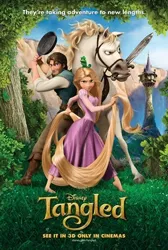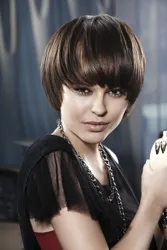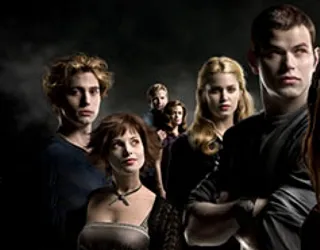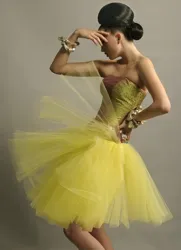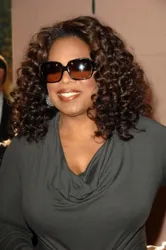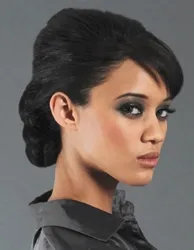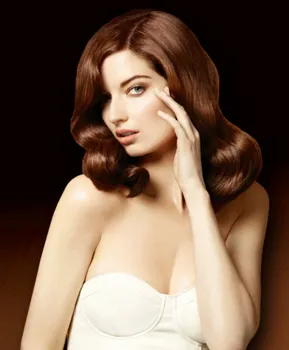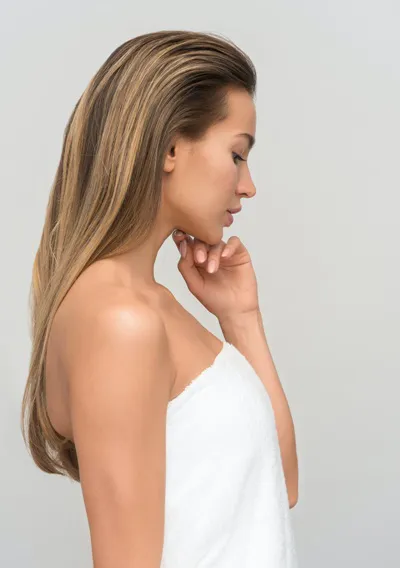
Blonde Hair General Definitions And Terms
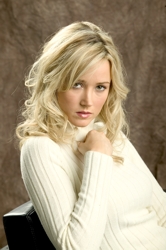 According to Wikipedia and other authorities on the topic, the word blonde was first attested in English in 1481. It derives from Old French blont and meant a "colour midway between golden and light chestnut".
According to Wikipedia and other authorities on the topic, the word blonde was first attested in English in 1481. It derives from Old French blont and meant a "colour midway between golden and light chestnut".
The word blonde largely replaced the native term fair, from Old English fæger.
The French (and thus also the English) word blonde has two possible origins. Some linguists say it comes from Medieval Latin blundus, meaning yellow, from Old Frankish *blund which would relate it to Old English blonden-feax meaning grey-haired, from blondan/blandan meaning to mix.
Also, Old English beblonden meant dyed as ancient Germanic warriors were noted for dying their hair. However, other linguists who desire a Latin origin for the word say that Medieval Latin blundus was a vulgar pronunciation of Latin flavus, also meaning yellow.
(Image courtesy of HairColor Experts - Daffodil Collection - Photography by Simon Dearden - Cut, color and style by Marsha Cole, director of artistic education for the haircolorxperts - Makeup by Lellis Ribeiro).
Most authorities, especially French, attest the Frankish origin. The word was reintroduced into English in the 17th century from French, and was for some time considered French, hence blonde for females/noun and blond for males/adjective (1).
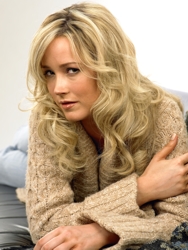 Some writers of English may continue to distinguish between the masculine blond and the feminine blonde (2) and, as such, it is one of the few adjectives in English with separate masculine and feminine forms. However, many writers use only one of the spellings without regard to gender, and without a clear majority usage one way or another.
Some writers of English may continue to distinguish between the masculine blond and the feminine blonde (2) and, as such, it is one of the few adjectives in English with separate masculine and feminine forms. However, many writers use only one of the spellings without regard to gender, and without a clear majority usage one way or another.
(Image courtesy of HairColor Experts - Daffodil Collection - Photography by Simon Dearden - Cut, color and style by Marsha Cole, director of artistic education for the haircolorxperts - Makeup by Lellis Ribeiro).
The word, especially the feminine blonde form, is also often used as a noun to refer to a woman with blonde hair, but American Heritage's Book of English Usage propounds that this particular employment of the term is an example of a "sexist stereotype: that women are primarily defined by their physical characteristics".
The word is also occasionally used, with either spelling, to refer to objects that have a color reminiscent of fair hair. Examples include pale wood and lager beer.
References
1. From Origin of "blonde", from Online Etymology Dictionary
2. "Blonde/Brunet" from The American Heritage Book of English Usage (1996)
Follow Me
Please follow me on Twitter at http://www.twitter.com/HairBoutique
<!-- /* Font Definitions */ @font-face {font-family:Helvetica; panose-1:2 11 6 4 2 2 2 2 2 4; mso-font-charset:0; mso-generic-font-family:swiss; mso-font-pitch:variable; mso-font-signature:536902279 -2147483648 8 0 511 0;} /* Style Definitions */ p.MsoNormal, li.MsoNormal, div.MsoNormal {mso-style-parent:""; margin:0in; margin-bottom:.0001pt; mso-pagination:widow-orphan; font-size:12.0pt; font-family:Arial; mso-fareast-font-family:"Times New Roman";} @page Section1 {size:8.5in 11.0in; margin:1.0in 1.25in 1.0in 1.25in; mso-header-margin:.5in; mso-footer-margin:.5in; mso-paper-source:0;} div.Section1 {page:Section1;} -->
Social Media Network Information
Please follow us on Twitter at: https://Twitter.com/HairBoutique. I look forward to meeting new people from all walks of Twitter and learning from their Tweets.


